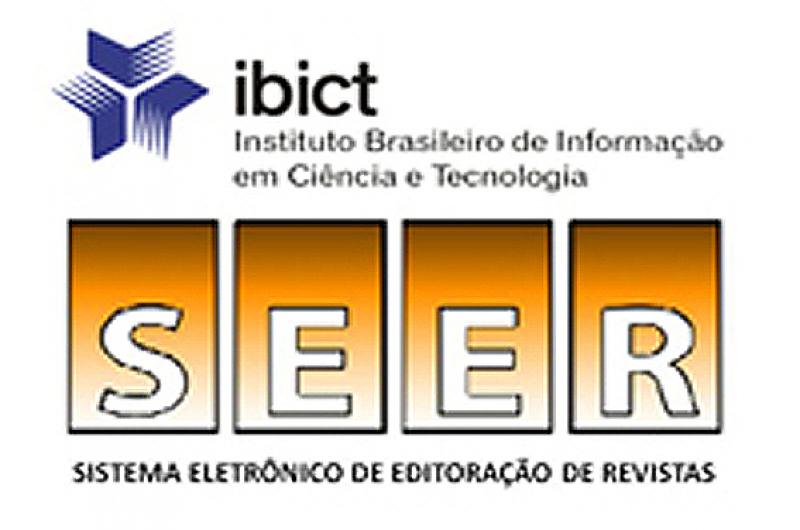Growth and Quality of Sugar Apple Fruits Submitted to Pruning in Different Lengths and Diameters Branches's
Visualizações: 428DOI:
https://doi.org/10.31416/rsdv.v12i1.485Keywords:
Annona squamosa L., Manejo, PinhaAbstract
The sugar apple is a fruit of tropical origin that has economic importance in countries of Central America, South America and Asia. In Brazil, the plant is grown in areas of the Northeast and Southeast, and the states of Bahia and São Paulo are the largest national producers. In the management of the crop, the pruning of branches can be used to program the harvest based on the market window of lower fruit supply. However, its main objective is to maintain the balance between the vegetative and reproductive development of the plant. In this sense, the experiment was conducted with the objective of evaluating the influence of the length and diameter of the branches on the vegetative and reproductive performance of the sugar apple tree. The experimental design was 5x3+1, corresponding to the length of pruned branches (C1 = 5 cm, C2 = 10 cm, C3 = 15 cm, C4 = 20 cm and C5 = 25 cm), to the diameter of the branches (D1 = diameter of 3 to 6 mm, D2 = diameter of 7 to 10 mm, D3 = diameters > 10 mm) and another treatment whose pruning was performed according to the recommendations of the literature. The results demonstrate that there is influence of the length and diameter of the branches, both in the vegetative and reproductive performance of the sugar apple tree. The treatments that stood out in relation to the quality standard were C1D1, C1D3 and C3D1.
Downloads
Published
How to Cite
Issue
Section
License
Copyright (c) 2024 Revista Semiárido De Visu

This work is licensed under a Creative Commons Attribution 4.0 International License.















